The experience of traveling to another country is always rewarding in its own way. I chose to study abroad during my second year of graduate school. I went on a faculty-led trip to Costa Rica. We visited San Jose and Monteverde. During our 8 days in Costa Rica we had the opportunity to explore Costa Rican food, music, people, and customs. While riding around the city we were able to observe the activities of the individuals and families living there. We noticed differences in their modes of transportation, the way they interact with one another, the way they attend to their community, and much more. During my time in Costa Rica I definitely could see some similarities and differences between the Costa Rican culture and American culture.
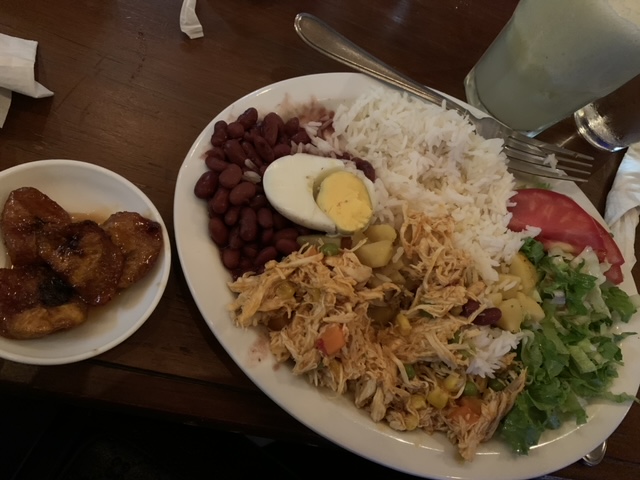
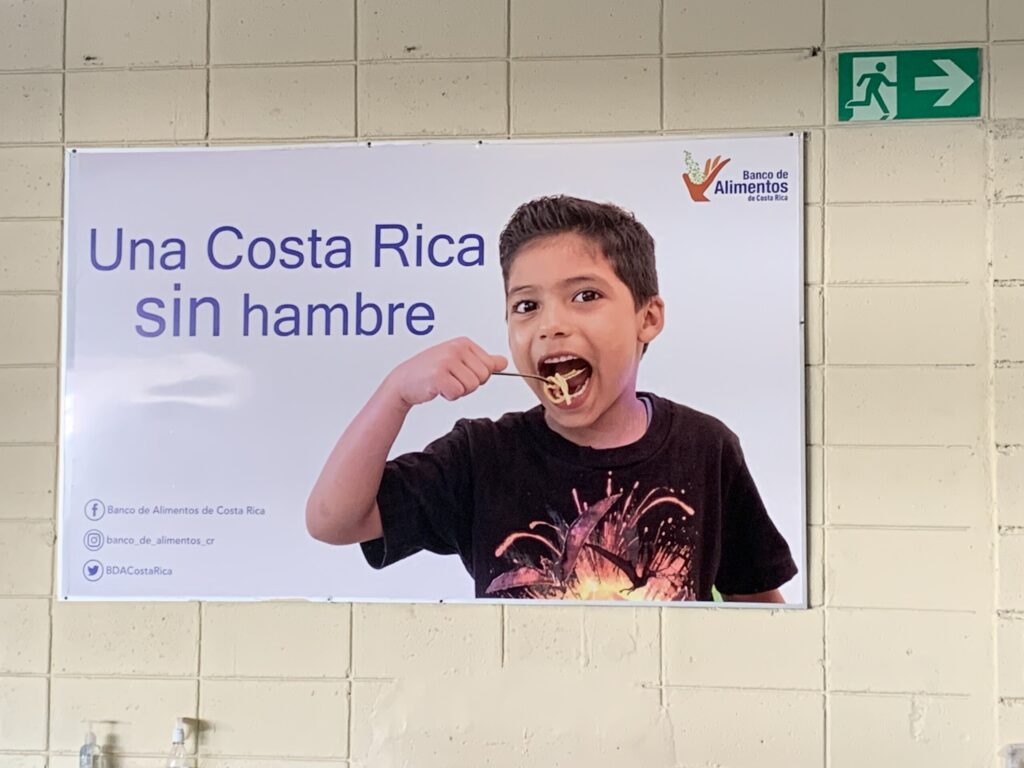
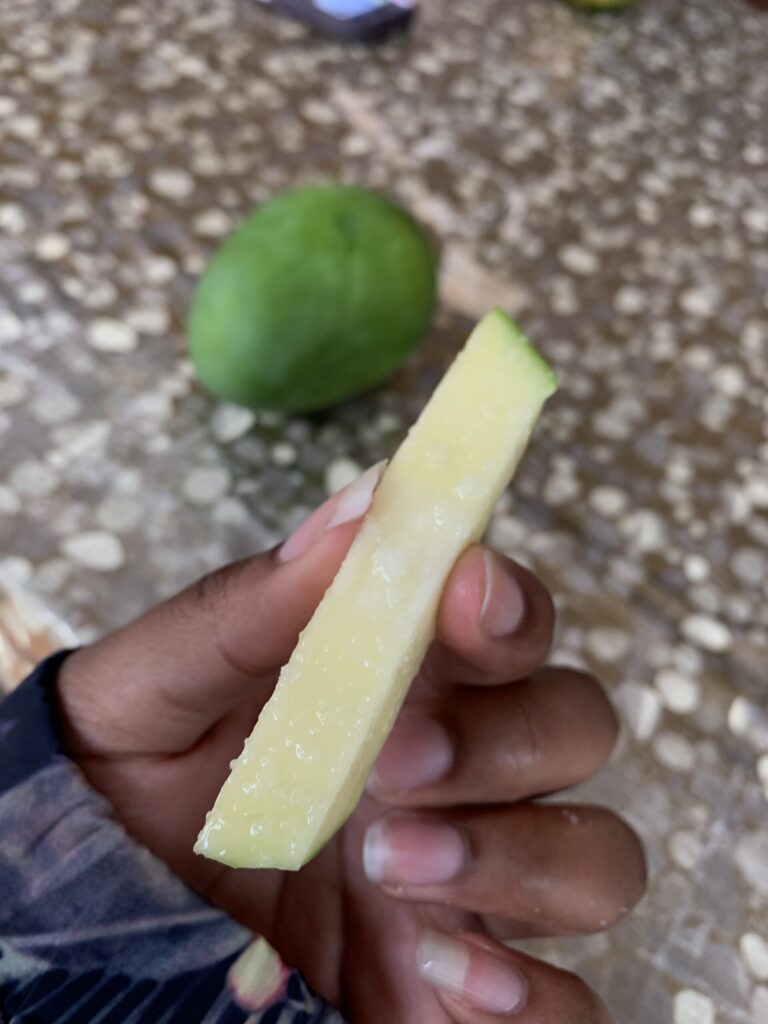
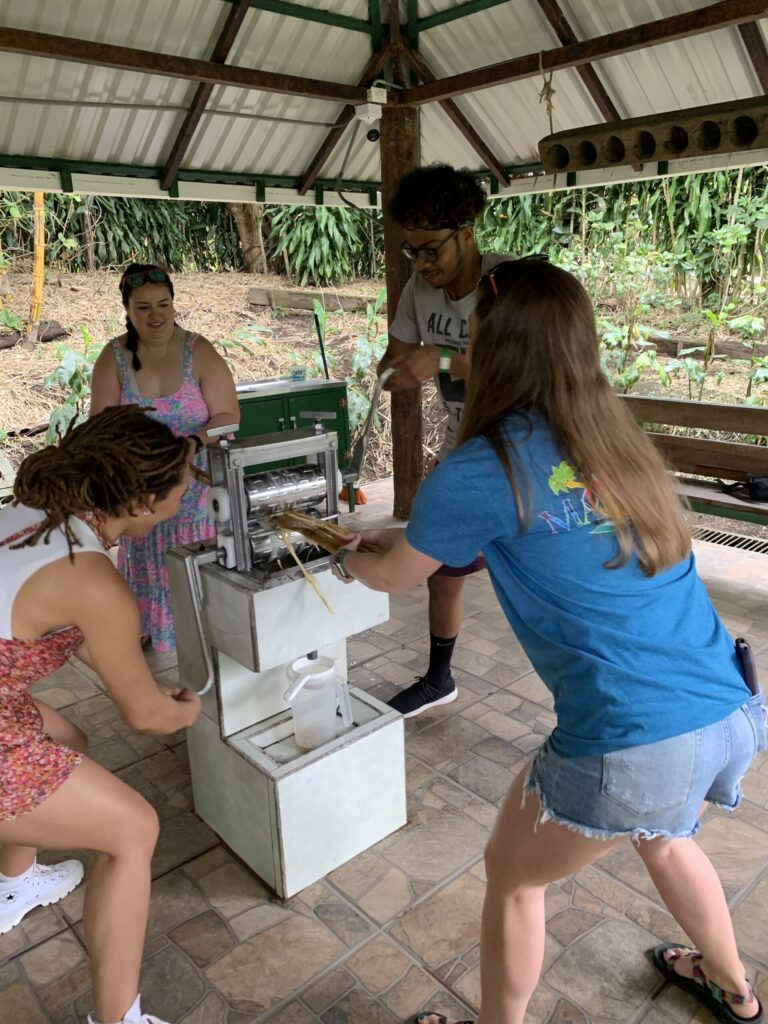
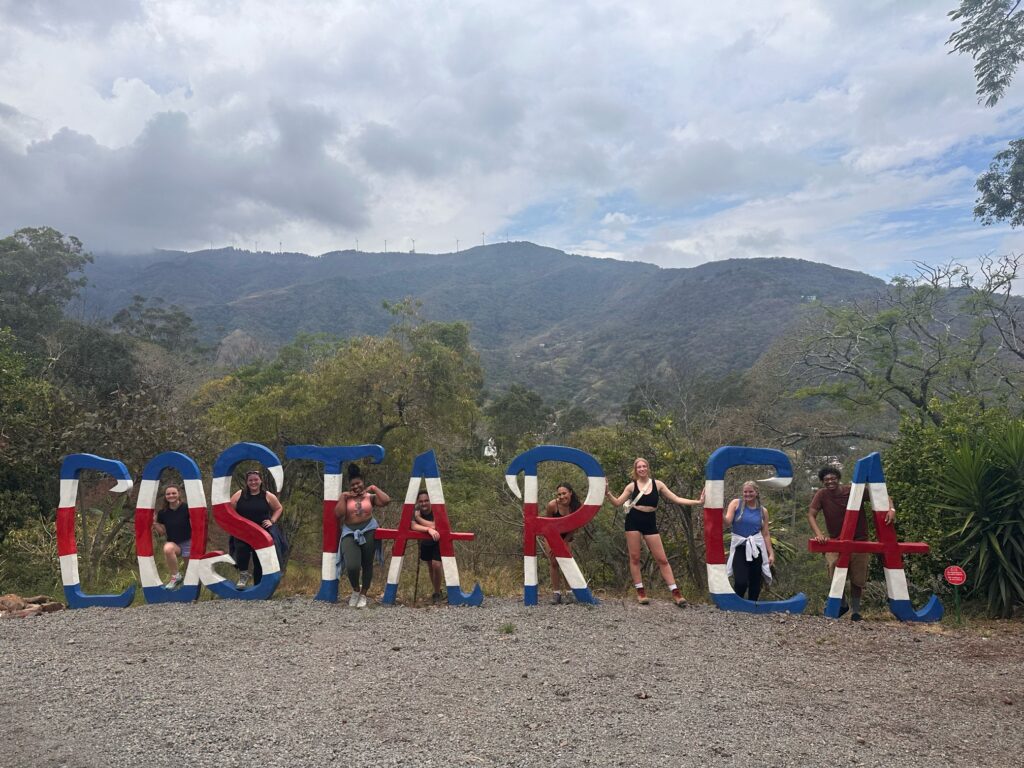
Going into this experience, I was not one hundred percent sure what to expect. This was my first time traveling outside of the country, and I believed that I had an open mind to experience all that Costa Rica had to offer. One of our program activities included a lecture with renown chef and owner of Tournant Restaurante, Ximena Vicente. During our lecture, we learned that in Costa Rica, food is an essential part of their economy. Much of their income is due to exportation. The country has an abundance of natural fruits that is difficult to obtain in other parts of the world. This gives Costa Rica the upper hand in control over certain produce. Pineapple, for example, is one of Costa Rica’s main sources of income from exportation. From my personal perspective, Costa Rica has the most delicious, fresh, and juicy pineapple I have ever tasted. Despite many of our grocery stores receiving pineapple from Costa Rica, there are some additives that change the taste of the pineapple we purchase in the grocery store in comparison to fresh pineapple picked right there in Costa Rica.
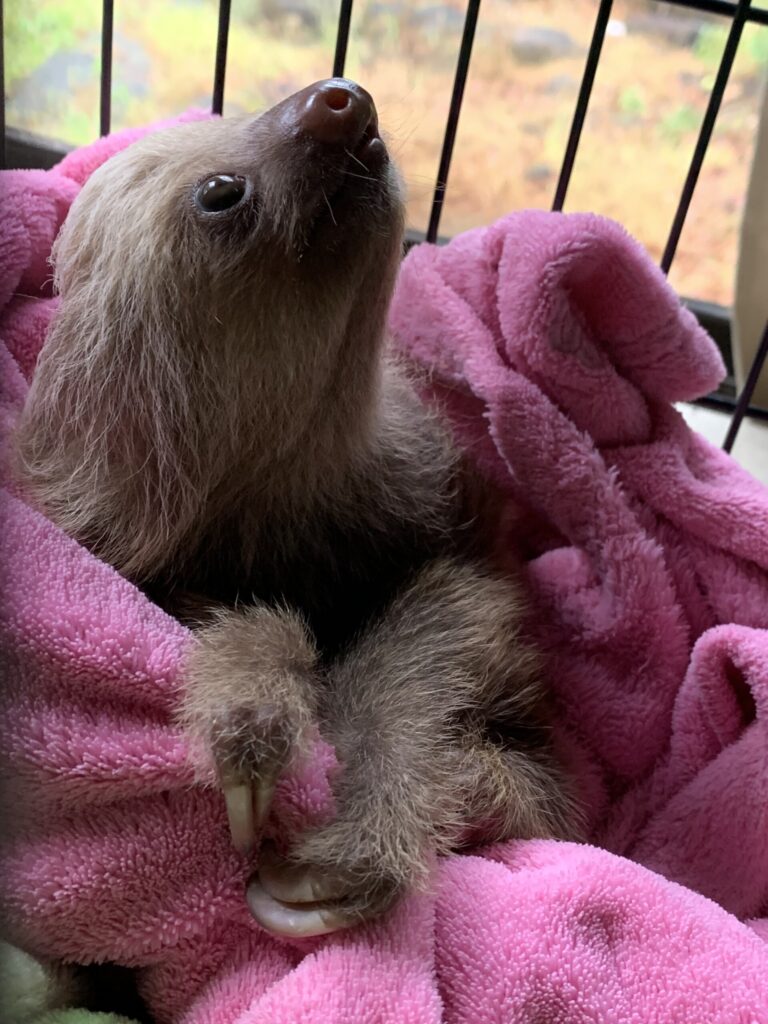
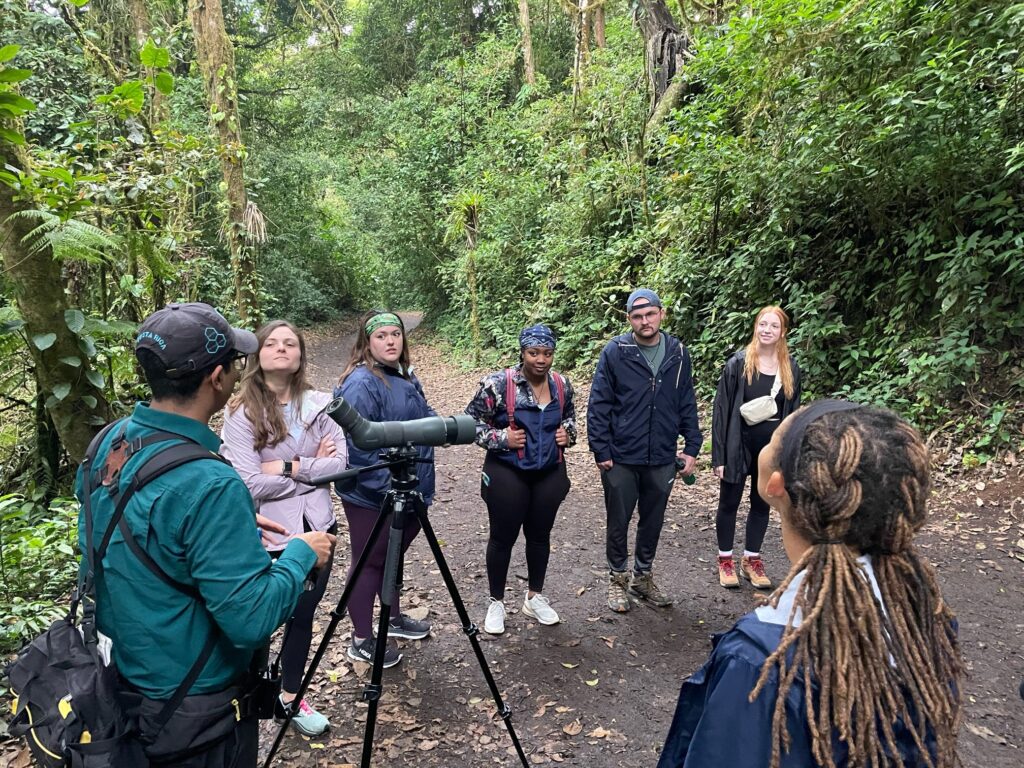
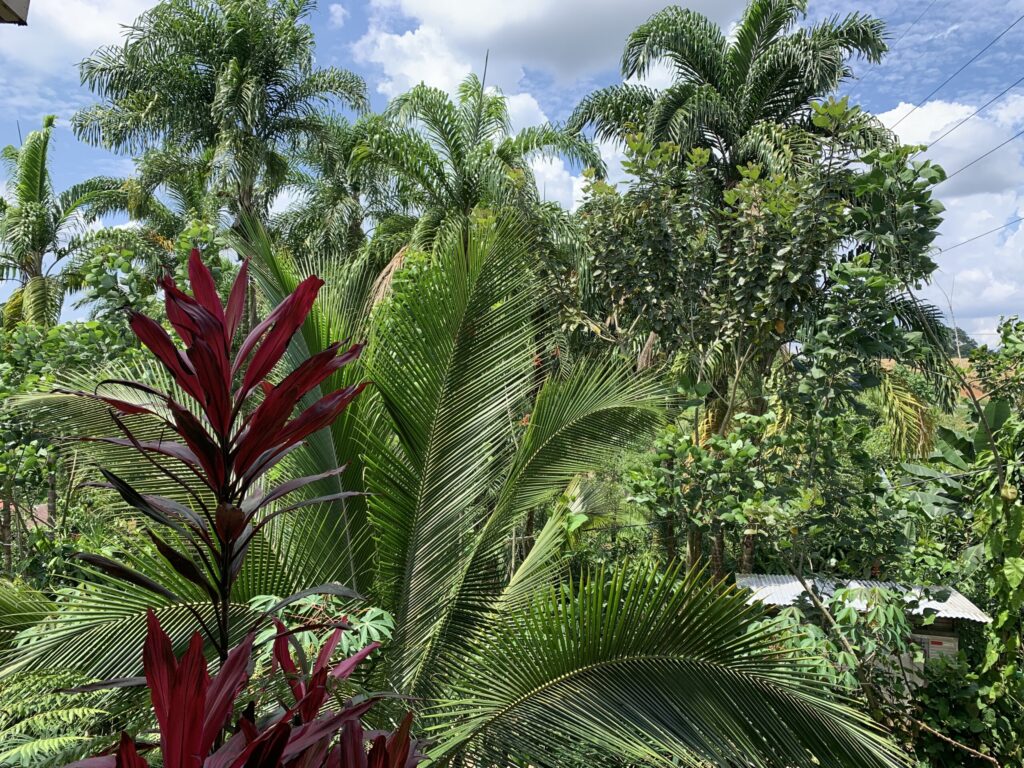
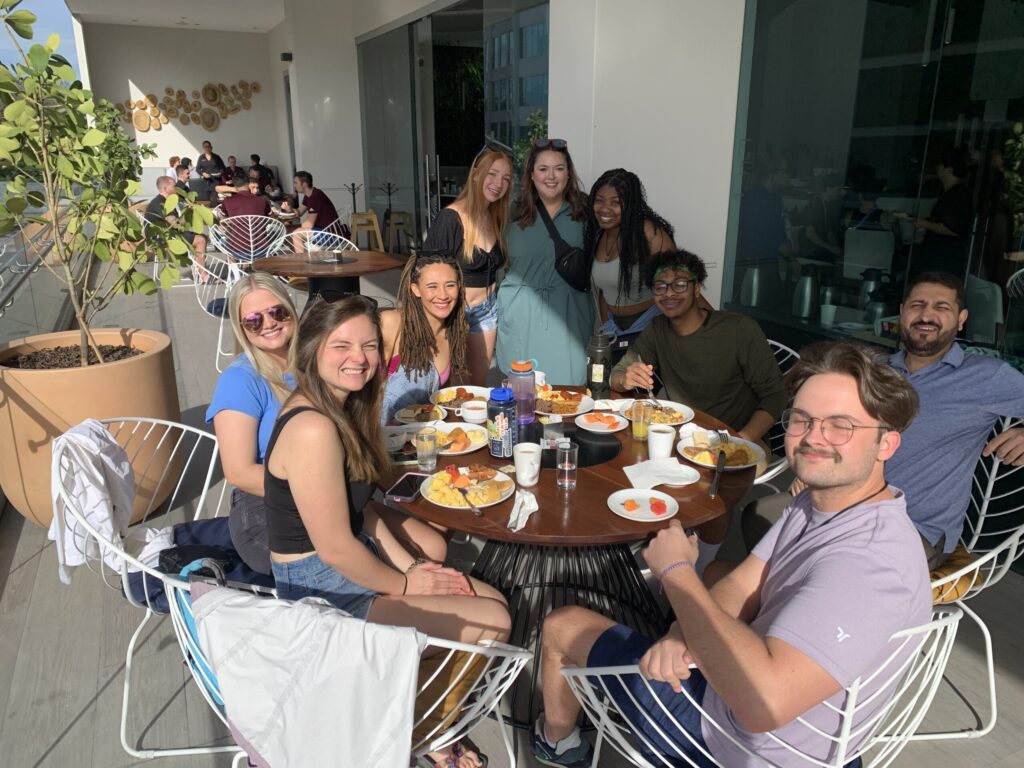
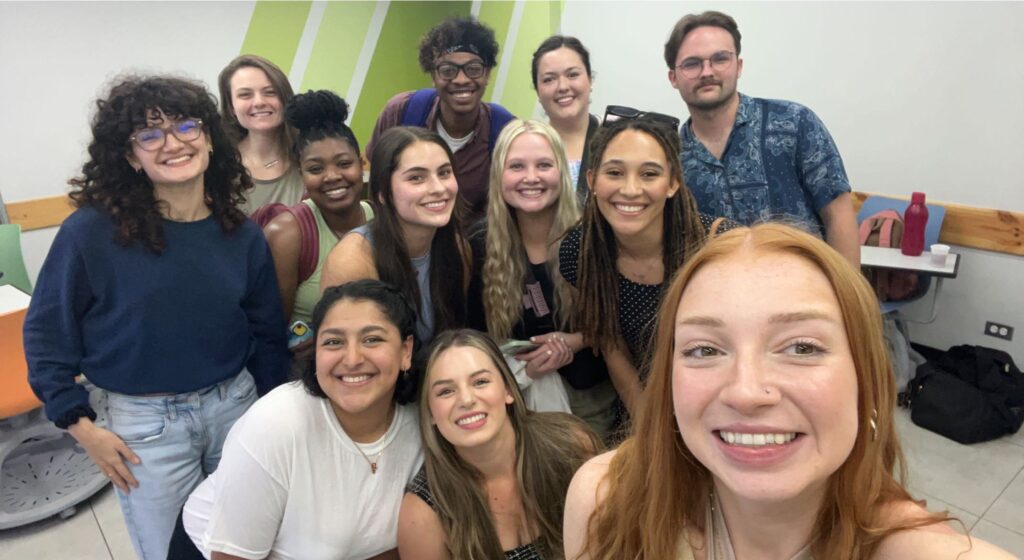
Fruit is a big part of everyday traditional meals for people in Costa Rica. Most meals consist of rice and beans, some source of meat or protein, and possibly fruit and/or salad. One of my favorite parts of the trip was having the opportunity to try new foods. I tried green mango for the first time. I don’t usually like mango in the U.S., but I had never heard of green mango and gave it a try. It had the crisp crunch of a green apple without the sour taste. Our tour guide suggested that we add salt and lemon juice to the green mango for extra flavor, it was really good. I also tried some other fruits that are native to Costa Rica, such as guanábana, cas (also referred to as sour guava), and caimito.
Chef Ximena discussed a lot of the differences and similarities between Costa Rican culture and many other Latin American cultures. As a public health student and a public health practitioner, one thing that I found interesting was that Latin American diets are high in carbohydrates. I spoke privately with the chef about the reasoning behind the high carb diets in Costa Rica. I wanted to know if these diets were established because of the level of physical activity performed in these communities. She confirmed that originally these diets were established, because a lot of the work that was performed many years ago consisted of a lot of manual labor. This produced a need for a large amount of carbohydrates. Many people in Costa Rica also walk to their destinations, ride bicycles, motorized bicycles, or use public transportation such as the city bus or a taxi. When compared to life in the United States, physical activity is built into everyday Costa Rican culture. A change as simple as walking to the grocery store versus driving a personal vehicle can create a vast difference in obesity rates from country to country.
I definitely enjoyed my time in Costa Rica on the study abroad trip. This was definitely the best spring break I have had in my entire academic career. Until next time: PURA VIDA!
Victoria Norwood (MPH) spent Spring Break 2023 participating in a faculty-led trip to Costa Rica with the HHP department. Victoria had the following to say about studying abroad, “Take the chance. Take the trip. Every penny will be well worth it. Pura Vida!”
Share this post:
Leave a Reply